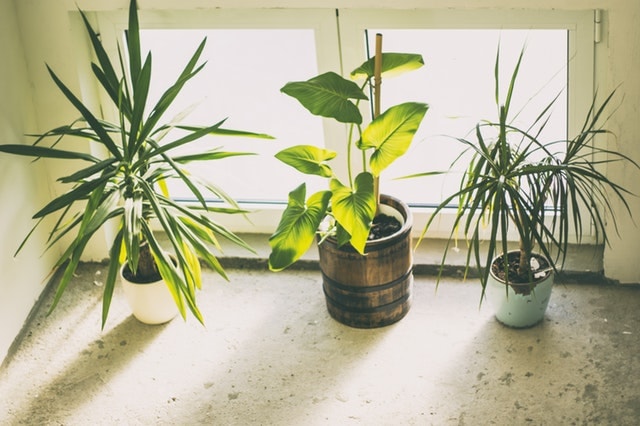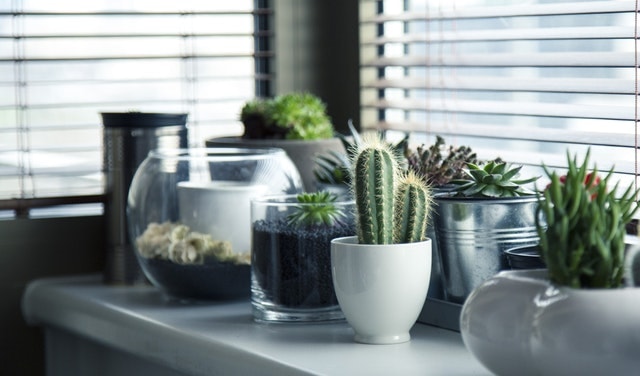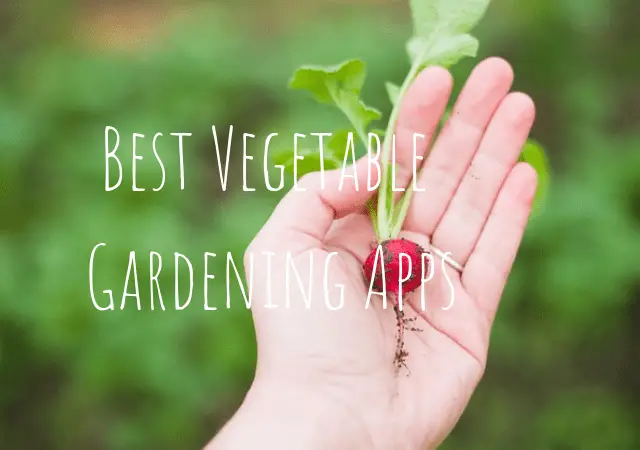Last Updated on 10 months by Namrata
Lemongrass is native to Sri Lanka and South India. They grow best in subtropical regions. Lemongrass generally grows fast in open fields but it can be grown in a pot or container. You can grow them in a plastic tub as well. Keep in mind size of the container is big when you plant them in a container. Growing them in a small place reduces their proper growth. You can grow lemongrass in a cold climate too, you will need to grow them in containers so that you can move the containers indoors when the temperature falls.
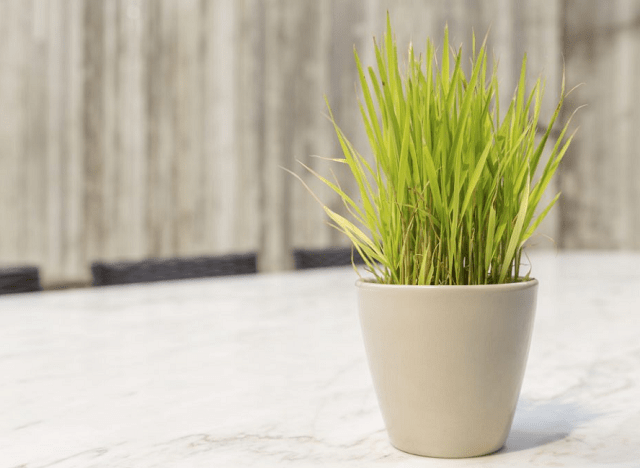
Use lemongrass stems to give a citrus flavor to your dishes. It does not just add citrus flavor, lemongrass has many benefits for health too.
Grow Lemongrass indoors in containers from Seeds
Lemongrass can be grown from seeds, find high-quality lemongrass seeds from online stores, propagate them and move them to containers.
When you choose the seeds, look for the South Indian variety which considered as best lemongrass for cooking.
Lemongrass will germinate within a couple of weeks. Keep the seeds moist and in a warm spot until they germinate. Transplant them to a container when they’re about five to six inches tall, and space them about 2-3 inches apart to make sure they’ll have plenty of space for good root growth.
Lemongrass seeds are tiny and hairy just like any other grass seeds. It has a tough covering that requires warmth and humidity to tear down.
One disadvantage of growing lemongrass from seeds is that it takes time to grow the full length and requires more effort.
Grow Lemongrass indoors from Stalks
Lemongrass propagation from stalk cutting is easy. If you can not find new plants from a nursery to buy, You can grow new plants from store-bought lemongrass stalks.
While cutting the stalks make sure to go low below the soil line and include the lemongrass base node from where new roots will arise.
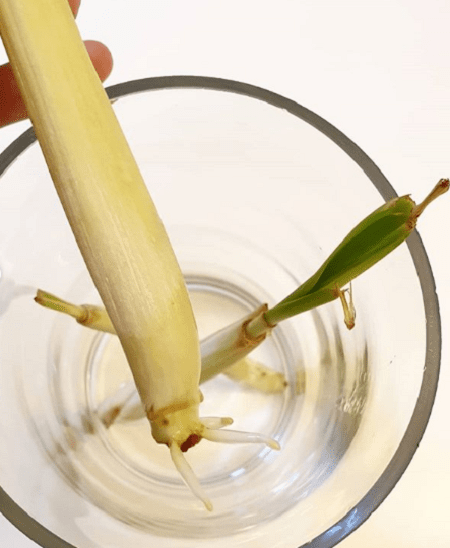
Keep the stalks in water for a couple of weeks. Change the water after two to three days to keep the freshness and avoid fungus growth. It does not let the stalks rot.
You will see some small white outgrowths coming out from the node, these are young roots as shown in the above photograph.
Read: Best Vegetable gardening apps
Best soils for growing lemongrass indoors
Lemongrass loves hot and humid weather. Think about how they grow best in subtropical regions. The soil you choose for lemongrass should not be soggy. Use clay soil with heavy compost or rotted manure and mix them to get the perfect soil for lemongrass.
You can prepare the compost manure by yourself in your backyard. Dig a pit size of not more than one foot. Use your kitchen’s vegetable waste and dead plants from your garden. Layer them one by one in the pit and close the pit with soil and leave them for six to eight months. You can take the help of this detailed article on wikiHow on making a compost pit.
Care for Lemongrass
Lemongrass is tough invasive grass. They can eradicate the native species. Lemongrass is generally not infected by pests, but leaves may rust due to fungus growth.
So, how to protect Lemongrass from fungus?
To protect lemongrass from fungus you can use organic pest control powder. You can also make your own homemade fungus control power by sprinkling baking soda. Baking soda works charmingly on leaf rust and it is non-toxic too.
Divide the lemongrass stalks when they grow in groups. Lemongrass grows in groups of stalks, dividing individual stalks helps fast growth. And then transfer them to new pots where they will get more oxygen and nutrients.
In the early stage when you try to grow lemongrass from a stalk cut, watering daily is a must. At a later stage watering the stalks daily does not require as much. You can go through my Lemongrass care:101 post for complete details.
When to Harvest a Lemongrass
The harvesting time for lemongrass is pre-winter when leaves start to become grey. You will find the base of lemongrass changing to purple color. This is the perfect time for harvesting.
The blades of a lemongrass leaf are sharp which may cut your fingers. Use a pair of garden gloves when dealing with the leaves.
Lemongrass stalk is more important than the blades. The stalk contains all the juices. Lemongrass stalks are used for many purposes. You can top your Asian dishes with chopped lemongrass, and use lemongrass stalk for making tea.
Blades are rarely used for dishes. You can make tea out of them. You can also use them as decomposed nitrogen-rich fertilizer.
After harvesting you can use them in different dishes either chopped or crushed which adds more flavor to dishes. And then you can also keep them in the freezer to eat later. Use a plastic packet to keep the stalks so the moisture still remains inside the packet and lemongrass does not dry up.
5 Tips for growing Lemongrass Indoors
- Lemongrass grows best in warm, humid, and moist areas like India. You can grow them in a cold climate too. Just you will need some extra care. Use containers or a tub to grow lemongrass in a low-temperature climate region. So that you can transport them indoors when the temperature falls. You can keep the container in your kitchen near the window.
- If you are thinking to grow lemongrass from stalks, cut lemongrass stalks beyond the base and line of the soil. New roots will propagate from the base.
- Divide the lemongrass when they grow fast. This gives the lemongrass more space to grow. If you do not do so, they will fight for oxygen and rot.
- Do not let water remain stagnant at the base of lemongrass which may cause root rot. Lemongrass needs water but excess water retention helps the growth of fungus and may spoil the base of the plant.
- You can use the leaf blades of the lemongrass as organic manure for the plant. Use the leaf blades for composting and you will get nitrogenous rich manure.
Benefits of lemongrass oil
I have been using lemongrass oil for a decade now. I just love the aroma of lemongrass oil. It helps to keep my room free from bugs.
Lemongrass oil not only keeps bugs away, but it can also help your skin to grow healthy and it acts as a natural deodorant.
I have followed Dr.Axe and watched most of his videos on YouTube. Here is a video from Dr. Axe explaining how lemongrass oil is beneficial for us.
You can have this lemongrass oil from amazon. Just put a few drops on your palm and rub it on your hands and legs. It will keep your skin moist and bug-free.
FAQs on Lemongrass:
Will lemongrass grow in shade?
Lemongrass can grow in shades, but you will see a color change in the leaves. Lemongrass growing in shade will have yellowish leaves.
How do you cut lemongrass for tea?
You can use stalks of the lemongrass or a bunch of lemongrass leaves knot to dip in a cup of tea. Lemongrass tea can help fight against free radicals. Lemongrass tea is also proved to be good for relieving anxiety.
Daily consumption of lemongrass tea help in lowering cholesterol level too.
Final Words
Lemongrass the plant itself has many uses. You do not need to extract the oil out of it. We have grown lemongrass in indoor pots and outdoors, we never faced a shortage of lemongrass in our home.
Whenever I feel like cooking Asian Dishes. I always add some chopped pieces of lemongrass to add more flavor to the dishes.
Last month I cooked Thai Green Meat Soup, I had a single stalk of lemongrass and I chopped and put it in the meat soup. That single stalk totally changed the flavor, my kids were thanking me for such a flavorful recipe.
I will be updating this post whenever I write up a post on a recipe with lemongrass. Thanks for the reading.
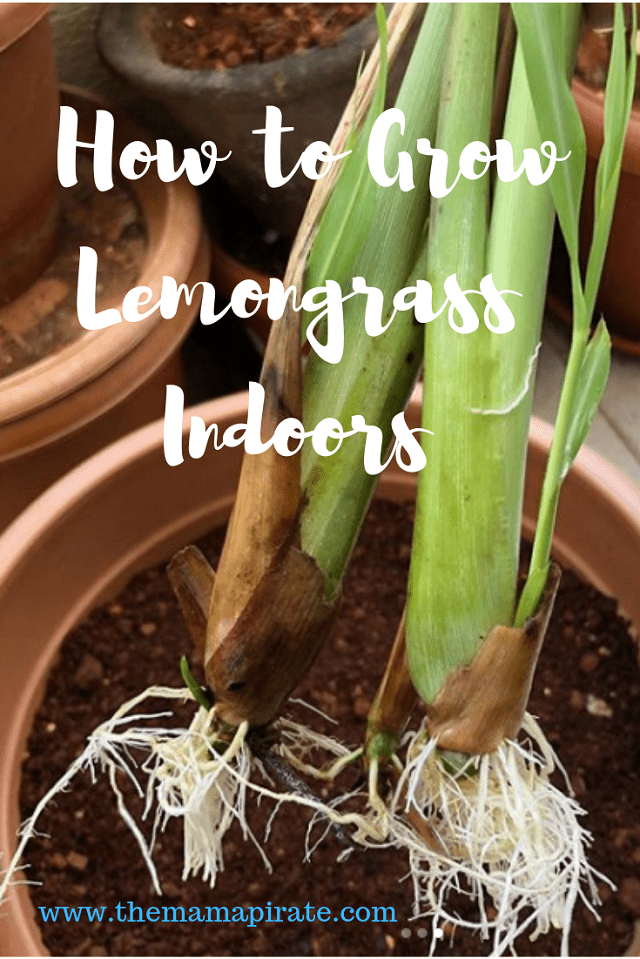
YOU MAY LIKE:

